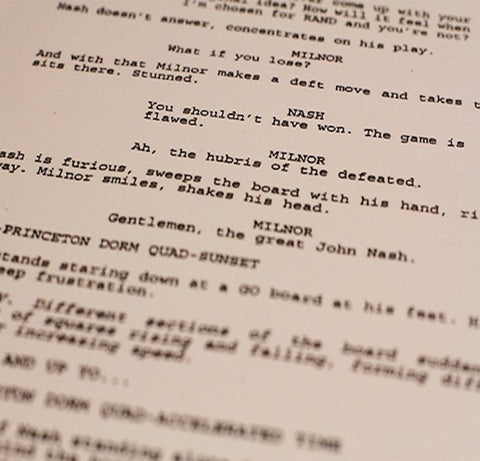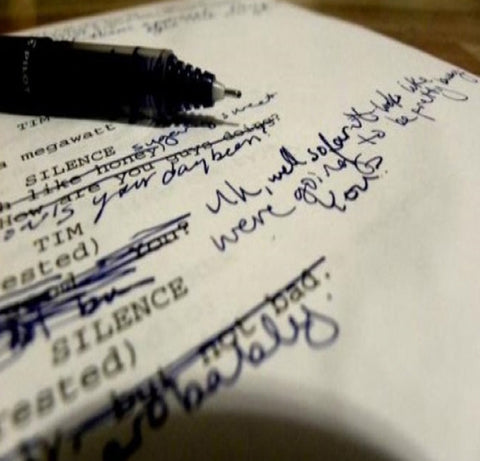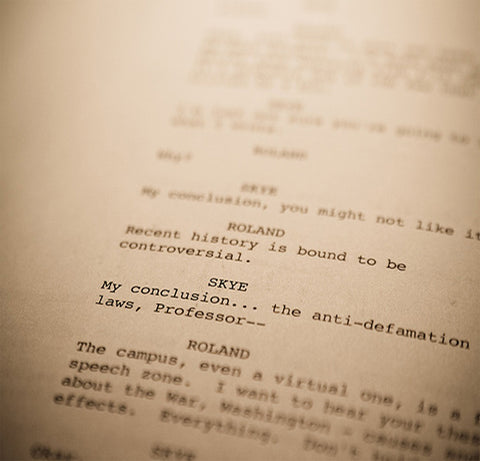
THE ALL-IMPORTANT FIRST-10
The first ten pages are the most important because they often determine if anything from page 11 on will be read.
It’s a common wisdom among reps and producers that name talent (i.e. movie stars) rarely read past the first-10 if they don’t see their character, and/or if the character doesn’t grab them as interesting. Given that financing is frequently contingent on attaching name talent to the leads, those first ten pages – and how well they can introduce the lead characters – can literally determine if the movie gets made or not.
The second key thing the first-10 needs to accomplish is to act as a statement of intention in terms of its genre and high concept. For example, a comedy should open with a funny scene; a horror movie should open with a scary scene, and so on.
The third key thing we can potentially do in the first-10 is to establish the problem of the story, the situation that needs to be solved.
That might sound like a lot to get done in just ten pages, but scripts and movies do it all the time – simply by maintaining a tight narrative focus. Typically, we either lead with the antagonist and then introduce the protagonist, or introduce the protagonist who then discovers the problem of the story.
For example, in ACE VENTURA: PET DETECTIVE our very first scene has Ace disguised as a UPS guy and kicking a package down the street. It’s a funny scene (statement of intention) and immediately introduces our titular protagonist in a strong and cinematic manner. This scene is a side gig to show us how Ace makes a living; only after its done do we introduce the problem of the narrative – the main case that comprises the spine of the A-story.
Look at THE MATRIX. We open on Agents (the antagonists, and thus the problem of the story) closing in on Trinity (who isn’t our protagonist, but she is a main character). We have a fight/chase sequence that establishes our statement of intention (sci-fi action-thriller), and immediately after it wraps we introduce Neo, our protagonist. All in the first-10.
James Bond and Indiana Jones movies always open with an action sequence. Horror movies almost always open with someone getting haunted/stabbed/eaten by the antagonistic boogie.
One common “trick” in the spec game is to grab a funny or exciting or scary scene from later in the story, and throw it in the first-10; then we cut back in time and begin telling the story. This works (take a look at JOHN WICK), but it shouldn’t need to be done. The script should be crafting a first-10 that’s grabby enough that it doesn’t need to borrow from later in the timeline.
The best first-10 is that which can stand alone as its own short film. And in fact treating the first-10 like its own contained entity is one good way to approach its writing. Because if it leads off with a scene that’s already entertaining… now it’s got ‘em.




